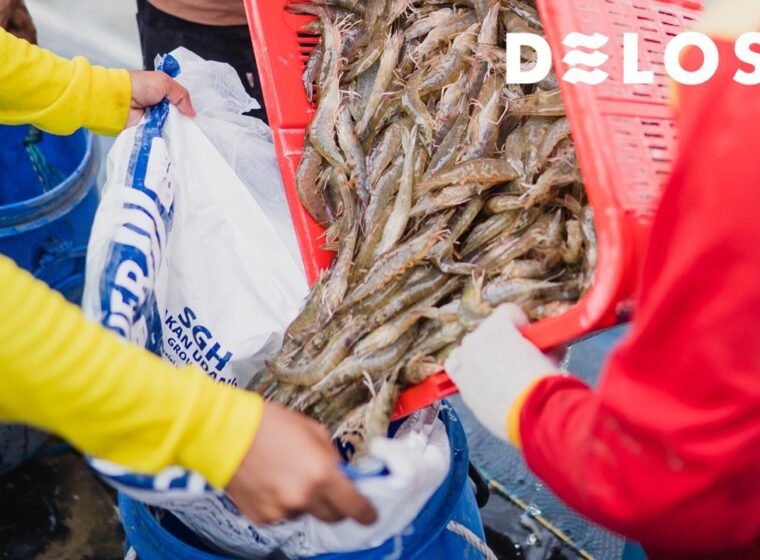
Shrimp has been the largest seafood export commodity in Indonesia for several years, thanks to efforts building an outstanding export image for Indonesian shrimp by various stakeholders.
The increasing global demand for shrimp products presents a significant opportunity for Indonesia to boost shrimp exports to the global market. However, to gain a broader market, it is crucial for industry players to build a positive image to enhance consumer trust.
Explore some key aspects that can be done to build an excellent export image for Indonesian shrimp in this article.
Also Read: Types of Exported Shrimp Products
Tips for Building an Excellent Shrimp Export Image
1. Maintain and Improve Product Quality
Product quality is a crucial and determining factor in building an excellent shrimp export image. Good shrimp farming practices, the selection of high-quality resources, and modern technology are essential steps for farmers to take.
Additionally, implementing food safety and sustainability standards in production can enhance the image of shrimp production in the global market.
2. Ensure Food Safety and Sustainability
Food safety and environmental sustainability issues are now the most considered by consumers worldwide. Consumers want the products they consume daily to be produced through safe processes that also maintain environmental sustainability.
Countries that successfully ensure their shrimp products meet strict food safety standards and remain committed to sustainable shrimp farming practices will gain more trust in the global market.
3. Innovation in Production and Marketing Processes
Technological innovations in production and marketing play a key role in building an export image for shrimp. Using the latest technology to improve production efficiency, environmental monitoring in aquaculture, and employing good product processing methods can attract consumer interest.
Also Read: Competitiveness of Indonesian Shrimp in the Global Market
4. Strong Collaboration
Effective collaboration between the government, shrimp producers, and relevant institutions can help improve the export image of shrimp. Collaborations to enhance production standards, address environmental issues, and strengthen the supply chain will support the overall positive reputation of the Indonesian shrimp industry.
5. Possessing Reliable Certifications
Having shrimp farming certifications not only builds the export image but also opens access to international markets with specific requirements for imported aquaculture products.
Some countries require products entering their markets to have specific certifications such as Hazard Analysis Critical Control (HACCP), Best Aquaculture Practice (BAP), Aquaculture Stewardship Council (ASC), and more.
These certifications create consumer trust, help improve the competitiveness of products in the global market, and assist producers in meeting customer expectations.
Also Read: Barriers and Challenges of Indonesian Shrimp Export in the Global Market
Let’s Support Indonesian Shrimp Export Together with DELOS!
Building an excellent shrimp export image involves a holistic approach, ranging from product quality to food safety assurance, innovation, partnerships, certifications, and effective communication. Countries that can integrate all these factors well will gain significant competitive advantages in the global market, expand their market share, and strengthen their shrimp industry position in the long run.
Let’s support the increase in Indonesian shrimp production together with DELOS! DELOS, along with shrimp farmers, is committed to improving the quality of Indonesian shrimp and ensuring sustainable shrimp farming practices.
Contact DELOS at contact@delosaqua.com or visit our website at www.delosaqua.com. Let’s support Indonesian shrimp exports together with DELOS!




